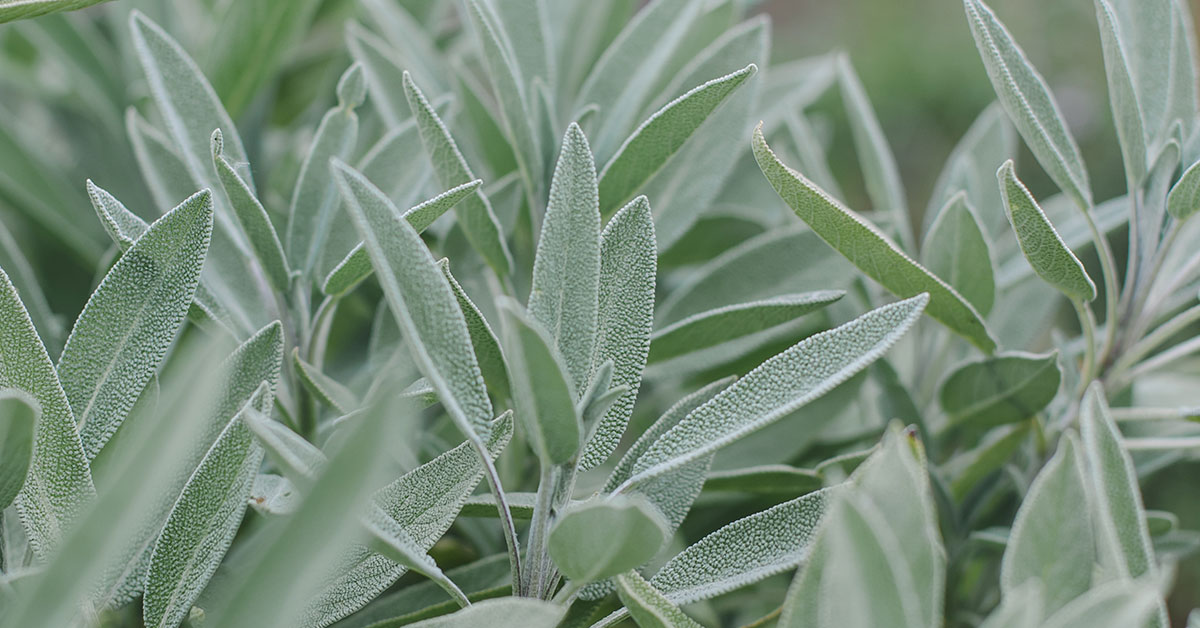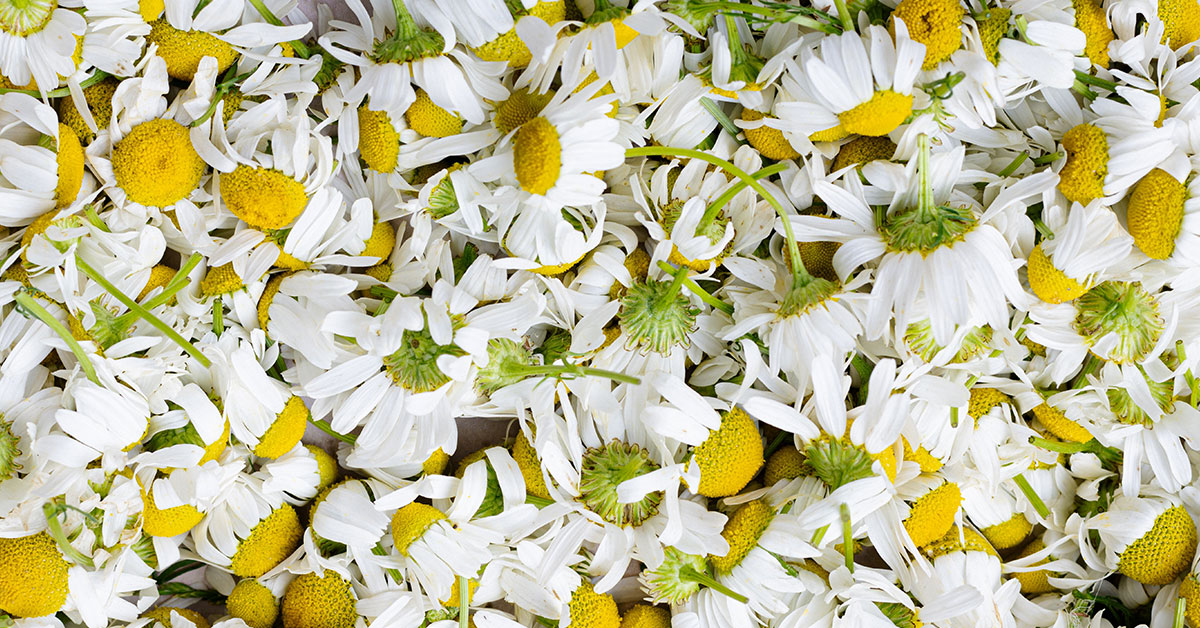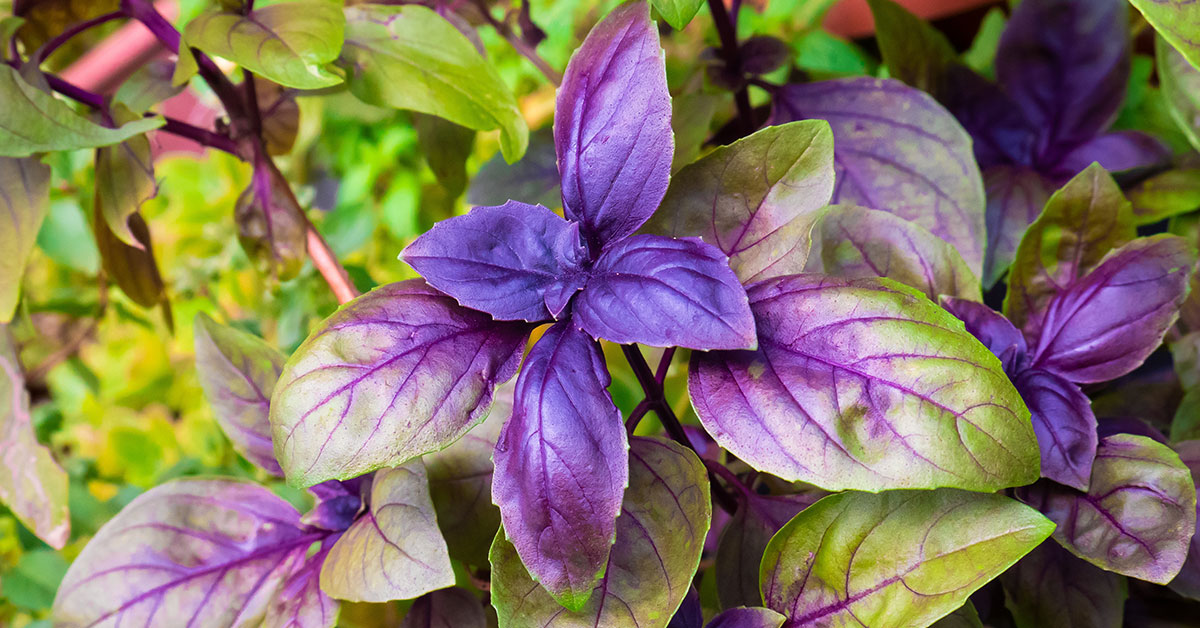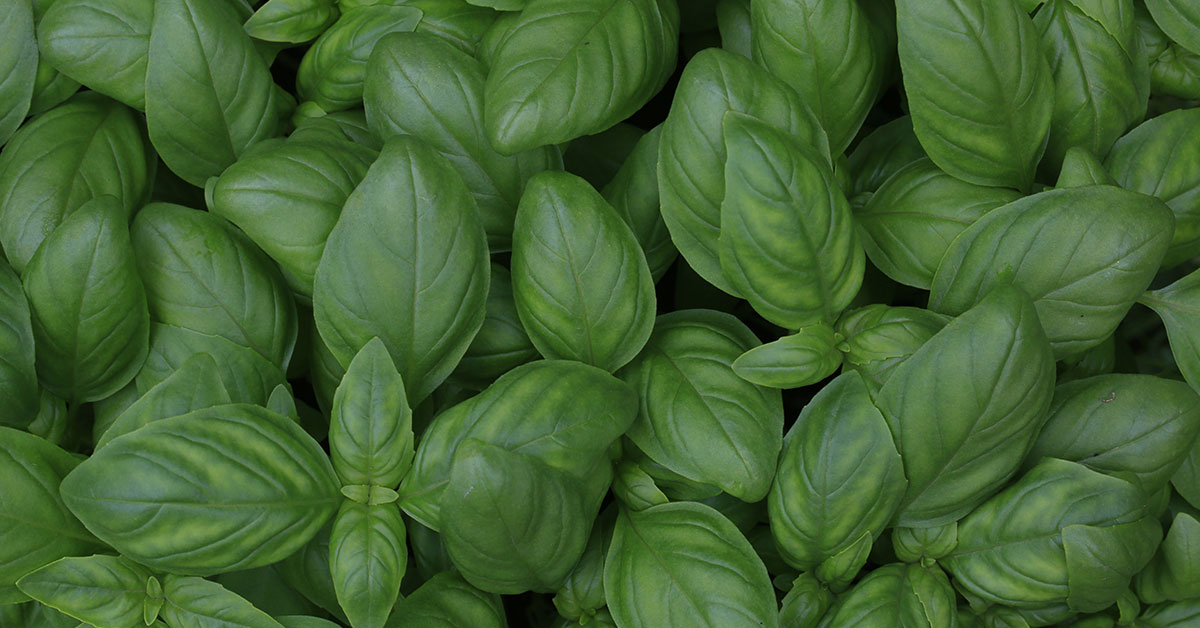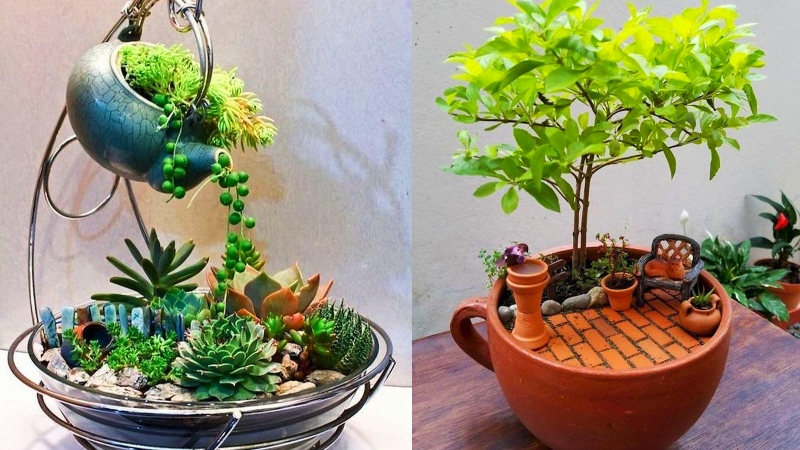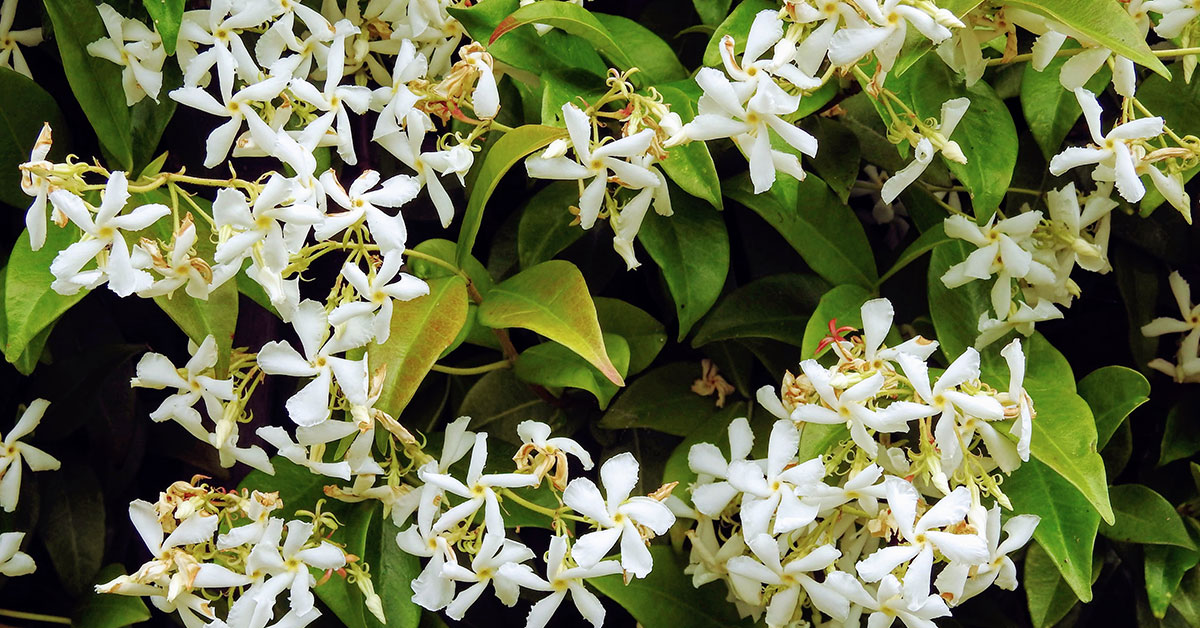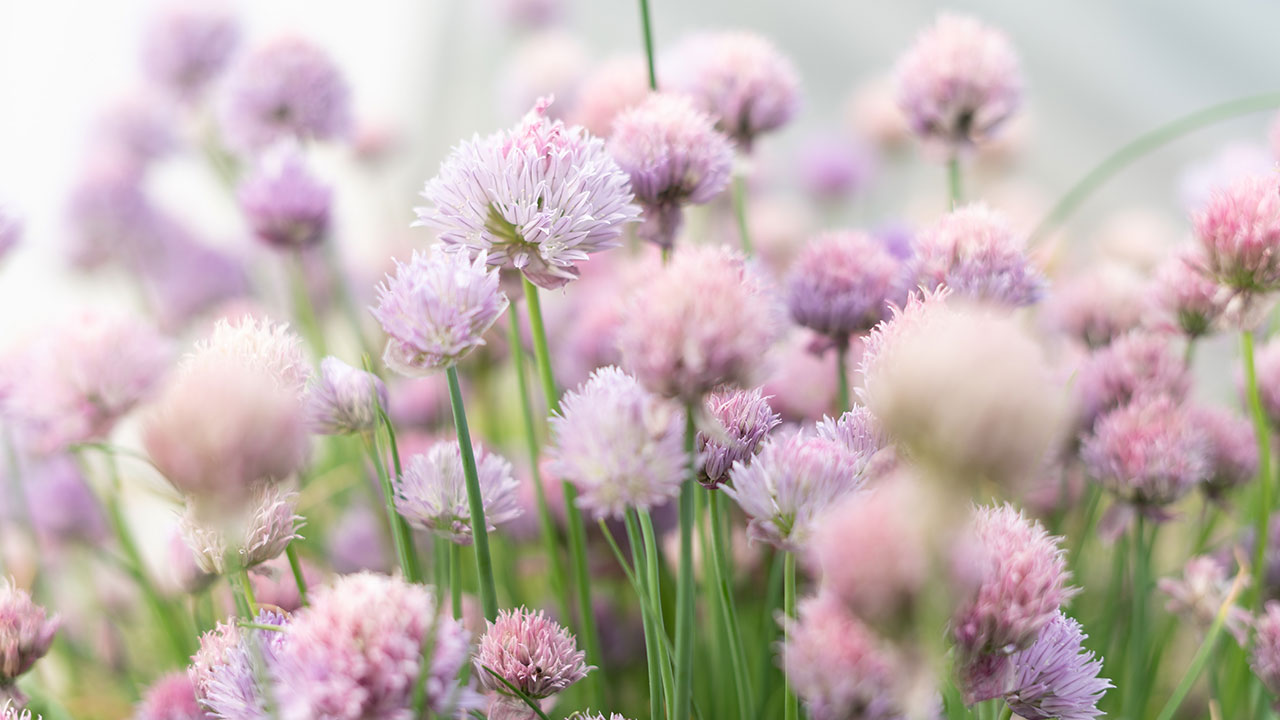Sage (Salvia officinalis) is a hardy perennial herb that is popular among home gardeners due to its ease of cultivation and versatility in culinary and medicinal applications. Growing sage in your own garden can provide a fresh and flavorful addition to your dishes, as well as offer various health benefits.
In this article, we will provide you with tips and guidance on how to grow and care for sage in your garden. Whether you are a seasoned gardener or a novice, growing sage can be a rewarding and enjoyable experience.
What is sage?
Sage (Salvia officinalis) is a perennial herb that is native to the Mediterranean region. It belongs to the mint family and is valued for its culinary and medicinal properties. It has grayish-green leaves that are slightly hairy and a woody stem.
The plant produces small purple flowers in the summer. Sage has a distinctive flavor that is slightly bitter and earthy, with a hint of mint and astringency. It is commonly used in Mediterranean and Middle Eastern cuisine, particularly in dishes that feature poultry, pork, and lamb.
It is also used in traditional medicine to treat a variety of ailments, including digestive issues, respiratory problems, and inflammation. It is a popular herb for home gardeners due to its hardiness and ease of cultivation.
What does sage taste like?
Sage has a distinctive flavor that is slightly bitter and earthy, with a hint of mint and astringency. The flavor of sage is strong and pungent, which makes it a popular herb for seasoning dishes that feature poultry, pork, and lamb.
The herb also has a slightly warm and savory taste, which pairs well with other herbs like thyme, rosemary, and oregano. The taste can vary depending on the variety of the plant, the growing conditions, and the time of harvest. Overall, it has a unique and complex flavor that can enhance the taste of many dishes.
Planting sage
Sage (Salvia officinalis) can be easily grown from seeds or cuttings. Here are some steps on how to plant it in your garden:
- Choose a Location: Sage thrives in full sun to partial shade and well-draining soil. The soil should be slightly alkaline with a pH between 6.0 and 7.0. It can be grown in containers or directly in the ground.
- Planting: If planting from seeds, start them indoors in early spring or sow them directly into the soil after the last frost. If planting from cuttings, take a 3-4 inch cutting from the stem of an established plant, remove the lower leaves, and plant it directly into the soil. Water the cuttings well.
- Watering: This herb requires moderate watering. Water the plant deeply once a week during the growing season. Avoid overwatering, as this can lead to root rot.
- Fertilization: Sage does not require much fertilization. You can add compost or well-rotted manure to the soil around the base of the plant in the spring to provide it with nutrients.
- Spacing: Space your plants 18-24 inches apart in the ground or in a container. This allows the plant to grow and spread without crowding.
- Mulching: Mulch around the base of the plant with organic material like straw or leaves to help retain moisture in the soil.
- Maintenance: Sage is a low-maintenance plant that requires minimal care. Prune the plant regularly to encourage bushier growth and prevent it from becoming too leggy. Cut back the plant by one-third to one-half in the spring.
Planting sage is an easy process that can provide you with fresh and flavorful herbs for your cooking. With the right growing conditions and care, your plant will thrive and continue to provide you with delicious herbs for years to come.
Caring for sage
Caring for sage is relatively easy and requires minimal effort. Here are some tips on how to care for sage plants:
- Watering: Sage requires moderate watering. Water the plant deeply once a week during the growing season. Avoid overwatering, as this can lead to root rot.
- Fertilization: Sage does not require much fertilization. You can add compost or well-rotted manure to the soil around the base of the plant in the spring to provide it with nutrients.
- Pruning: Prune the plant regularly to encourage bushier growth and prevent it from becoming too leggy. Cut back the plant by one-third to one-half in the spring.
- Pest Control: Sage is relatively pest-resistant, but it may be susceptible to spider mites and aphids. Monitor your plants regularly and spray them with neem oil or insecticidal soap if you notice any infestations.
- Winter Protection: Sage is a hardy plant that can withstand cold temperatures, but it may require protection from heavy snow or ice. Cover the plant with a layer of straw or leaves to protect it from frost.
- Harvesting: Harvest sage leaves when they are young and tender for the best flavor. Pinch off the leaves at the stem tips, leaving enough leaves on the plant for it to continue to grow. You can harvest the leaves throughout the growing season. Sage leaves can be used fresh or dried for later use.
Caring for sage is relatively simple and requires minimal effort. By following these tips, you can ensure that your sage plant remains healthy and continues to provide you with fresh and flavorful herbs for your cooking.
Harvesting
Harvesting sage (Salvia officinalis) is a simple process that can be done throughout the growing season. Here are some tips on when and how to harvest sage:
- Timing: Harvest leaves when they are young and tender for the best flavor. The best time to harvest sage is in the morning after the dew has dried.
- Method: Pinch off the leaves at the stem tips, leaving enough leaves on the plant for it to continue to grow. You can harvest the leaves throughout the growing season.
- Drying: To dry the leaves, tie them in small bundles and hang them in a dry, airy location out of direct sunlight. When the leaves are dry, crumble them into airtight containers for later use.
- Freezing: To freeze sage leaves, wash and dry them thoroughly, then place them in airtight containers or freezer bags. Frozen leaves can be used in cooking directly from the freezer.
How to dry sage
Drying sage (Salvia officinalis) is a simple process that can be done at home. Here are some steps on how to dry this fragrant herb:
- Harvesting: Harvest leaves when they are young and tender for the best flavor. The best time to harvest sage is in the morning after the dew has dried.
- Cleaning: Remove any dirt or debris from the leaves by washing them in cold water. Pat them dry with a paper towel or clean cloth.
- Bundling: Tie the leaves in small bundles, about 5-10 leaves per bundle. Use string or rubber bands to secure the bundles.
- Hanging: Hang the bundles upside down in a dry, airy location out of direct sunlight. Allow the bundles to dry completely for about 2-3 weeks. The leaves should be crispy and dry to the touch.
- Storing: When the leaves are dry, remove them from the stems and crumble them into airtight containers for later use. Store the dried sage in a cool, dry place away from direct sunlight.
Drying sage is an easy process that can be done at home with minimal effort. By following these steps, you can ensure that your leaves are properly dried and stored for later use in your cooking. Dried sage is a versatile herb that can add a delicious and aromatic flavor to soups, stews, and other dishes.
Uses
Sage is a versatile herb that is commonly used in cooking, traditional medicine, and aromatherapy. Here are some common uses for this herb:
- Culinary: This herb has a distinctive flavor that is slightly bitter and earthy, with a hint of mint and astringency. It is commonly used in Mediterranean and Middle Eastern cuisine, particularly in dishes that feature poultry, pork, and lamb. Sage is often used in stuffing, sausages, and meatballs. It can also be used to flavor sauces, soups, and stews.
- Medicinal: Sage has been used for centuries in traditional medicine to treat a variety of ailments, including digestive issues, respiratory problems, and inflammation. It has antibacterial and antifungal properties and can be used topically to treat minor wounds, cuts, and burns. Sage tea is also a popular home remedy for sore throats and coughs.
- Aromatherapy: Sage essential oil is often used in aromatherapy to promote relaxation and reduce stress. It has a warm, herbaceous scent that is believed to have a calming effect on the mind and body.
- Ornamental: This herb is a beautiful and hardy plant that can be grown for its ornamental value. It produces small purple flowers in the summer and has grayish-green leaves that are slightly hairy. Sage can be grown in containers or directly in the ground and is a popular choice for herb gardens and landscaping.
